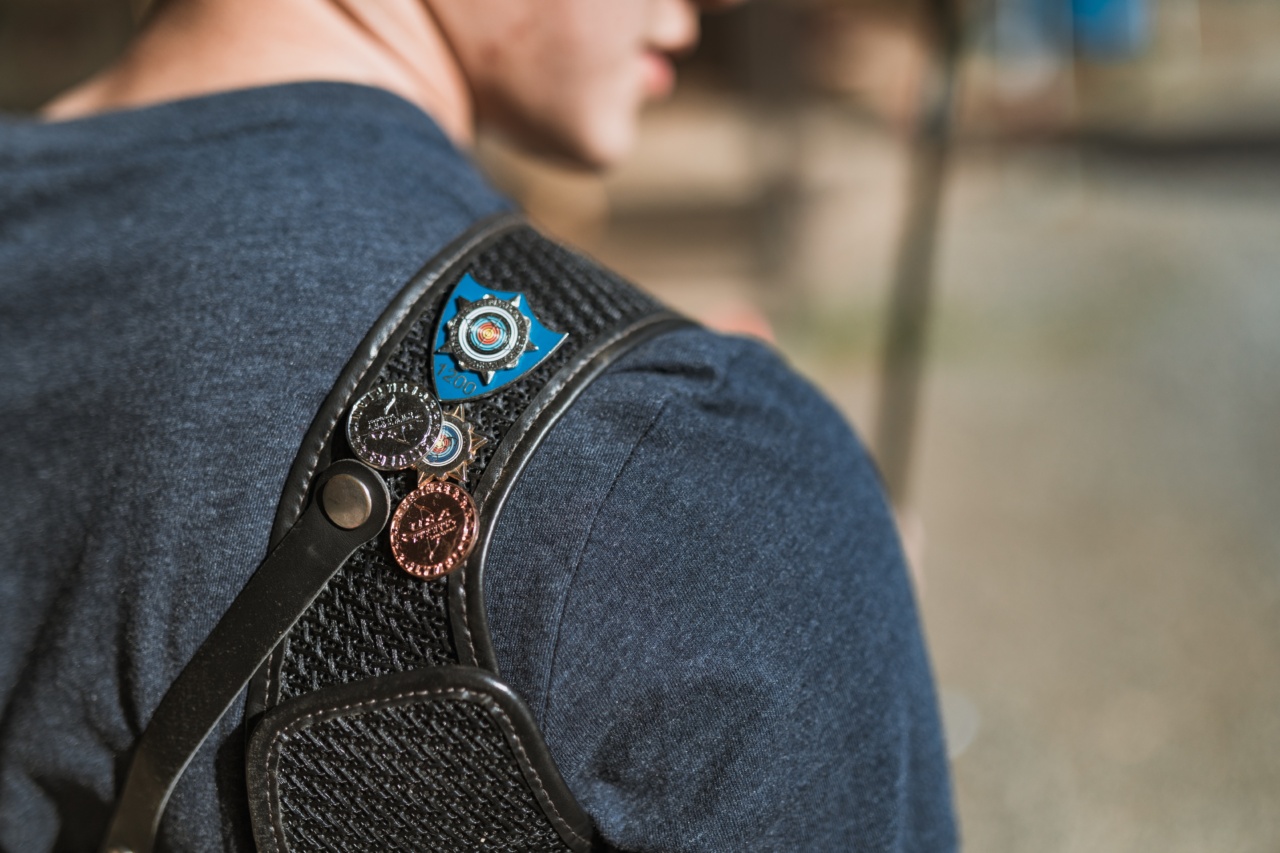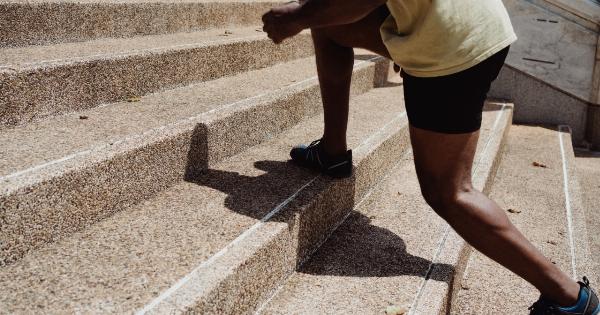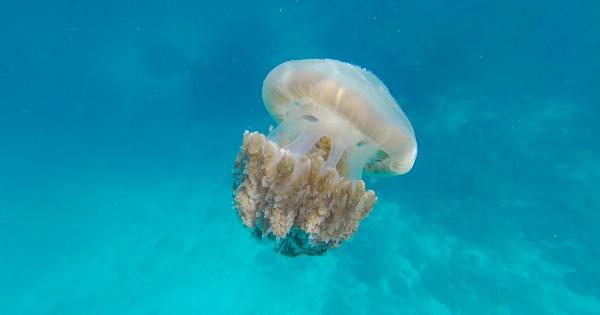Getting stung on the foot can be a painful experience that can put a damper on any outdoor activity. Whether it’s a sting from a bee, wasp, or other insect, the pain can be intense and lingering.
Knowing how to deal with a sting on the foot can make the difference between a short-lived annoyance and a prolonged and painful experience. Here are some steps to follow if you get stung on the foot.
Step 1: Remove the Stinger (If Applicable)
If you were stung by a bee, there’s a good chance that the stinger is still in your foot. If this is the case, use a pair of tweezers or your fingernails to gently remove the stinger.
This will reduce the amount of venom that enters your body and help alleviate the pain.
Step 2: Wash the Area
After the stinger has been removed, wash the area with soap and water to remove any dirt or bacteria that may be present. Rinse with water and then pat dry with a clean towel.
Step 3: Apply Ice
Apply a cold compress, such as an ice pack or a bag of frozen vegetables, to the area to help reduce swelling and pain. Keep the ice on for no longer than 20 minutes at a time and then remove it for 20 minutes before reapplying.
Step 4: Take Pain Relievers
If the pain is severe, over-the-counter pain relief medications such as ibuprofen or acetaminophen can help reduce the pain and inflammation. Follow the instructions on the label for the proper dosage.
Step 5: Use a Topical Treatment
There are a variety of topical treatments that can help alleviate the pain and itching associated with insect stings. Hydrocortisone cream, calamine lotion, and a baking soda and water paste are all effective treatments.
Apply as directed on the packaging.
Step 6: Monitor for Signs of Allergic Reaction
For some people, insect stings can cause a severe allergic reaction known as anaphylaxis. If you experience symptoms such as hives, difficulty breathing, or swelling of the face or throat, seek medical attention immediately.
Step 7: Wait it Out
Most insect stings will cause pain and swelling for a few hours to a few days, but they will eventually go away on their own. In the meantime, avoid scratching the area to prevent infection and keep the affected foot elevated to help reduce swelling.
When to See a Doctor for a Sting on the Foot
While most insect stings can be treated at home and will go away on their own, there are some situations where medical attention is needed. These include:.
- If you have a known allergy to insect stings
- If the swelling spreads beyond the affected area
- If the pain and swelling continue to worsen after 48 hours
- If you develop a fever or other signs of infection
If any of these occur, it’s important to seek medical attention as soon as possible.
Summary
Getting stung on the foot can be a painful and unpleasant experience, but there are steps you can take to alleviate the pain and discomfort.
Removing the stinger (if applicable), washing the area, applying ice, taking pain relievers, using a topical treatment, monitoring for signs of anaphylaxis, and waiting it out are all effective ways to deal with an insect sting on the foot.




























